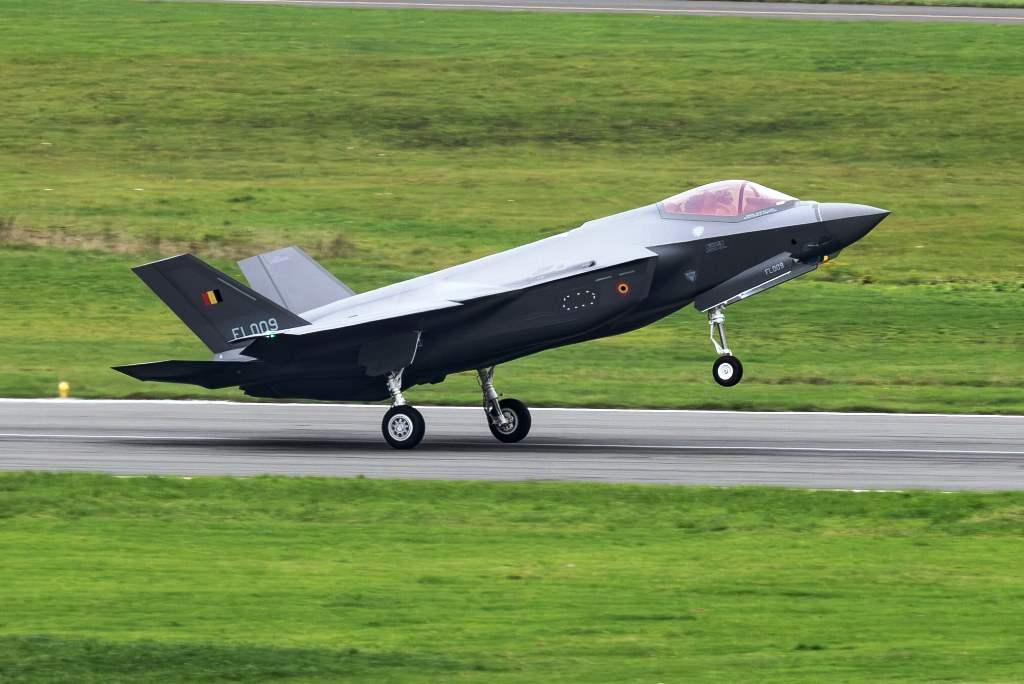Germany Enhances Eurofighter Typhoon Fleet with Litening 5 Targeting Pods
Berlin, August 2025 – The German Bundestag has sanctioned the acquisition of 90 Litening 5 targeting pods to augment the precision strike and intelligence capabilities of the Bundeswehr’s Eurofighter Typhoon fleet. This strategic decision underscores Germany’s trust in Rafael Advanced Defense Systems and perpetuates a defense partnership that has persisted for decades. Additionally, this procurement aligns with NATO’s strategic focus on multi-spectral sensor integration and standoff targeting capabilities in contested environments.
Overview of Litening 5 Capabilities
Litening 5 is a fifth-generation targeting system that has been seamlessly integrated into the operational frameworks of 28 air forces globally. With the delivery of over 2,000 units and more than 2.2 million operational flight hours—largely accrued during various contingency missions—it stands as one of the most preferred targeting solutions in contemporary air operations.
Key Features of the Litening 5
- Advanced Sensor Suite:
- Mid-wave and short-wave infrared capabilities
- High-resolution color imaging
- Dual-wavelength laser designation
- Optional synthetic aperture radar (SAR) for comprehensive wide-area imaging in all weather conditions
These sophisticated features facilitate long-range detection, recognition, and identification of targets, irrespective of atmospheric variables.
Versatility in Mission Profiles
Litening 5 is adept at supporting both air-to-ground and air-to-air engagement scenarios, enabling capabilities such as:
- Ground moving target indication
- Multi-target tracking
- Automatic target recognition
For air-to-air missions, the system enhances target identification over extended distances and supports the detection of low radar cross-section (RCS) threats while providing missile cueing in conjunction with the aircraft’s systems. Its adaptability extends to the identification and engagement of unmanned aerial vehicles (UAVs), thereby increasing operational versatility against a multitude of threats.
Integration Flexibility and Operational Reach
Designed with platform agnosticism, the Litening 5 can be utilized across more than 26 different aircraft types, including but not limited to:
- F-15 and F-16
- Gripen and A-10
- Mirage 2000 and Embraer
- Eurofighter Typhoon
This compatibility extends to a variety of munitions—including laser-guided, GPS-guided, and image-guided weapons—and facilitates real-time data exchange through Ku, C, and L band communications.
Germany’s transition from the Litening 3 variant to Litening 5 not only demonstrates confidence in operational efficiency but also the Bundeswehr’s commitment to enhanced precision, survivability, and future growth capabilities. This trend is reflective of a broader movement across Europe to upgrade existing fleets with advanced sensor technology, rather than primarily acquiring new aircraft platforms.
Future Enhancements and Extended Configurations
An upcoming extended configuration, known as Litening+SAR, will incorporate synthetic aperture radar into the electro-optical/infrared (EO/IR) pod architecture. This enhancement aims to fulfill operational demands for all-weather, wide-area imaging—particularly valuable for low-visibility or maritime operations. Additional modular upgrades will be offered to further expand and adapt capabilities.
Global Implications and Strategic Landscape
The Litening pods have established a strong presence among a wide array of air forces internationally. Owing to their proven operational track record and modular architecture, they are an attractive option for military organizations seeking interoperability and mission flexibility without significant platform overhauls.
Germany’s recent procurement is indicative of the increasing global appetite for advanced targeting technologies as military forces evolve to meet emerging threats and complex operational requirements. The ripple effects of this decision will likely be felt throughout allied nations as they assess their own capabilities in the face of changing strategic paradigms.





